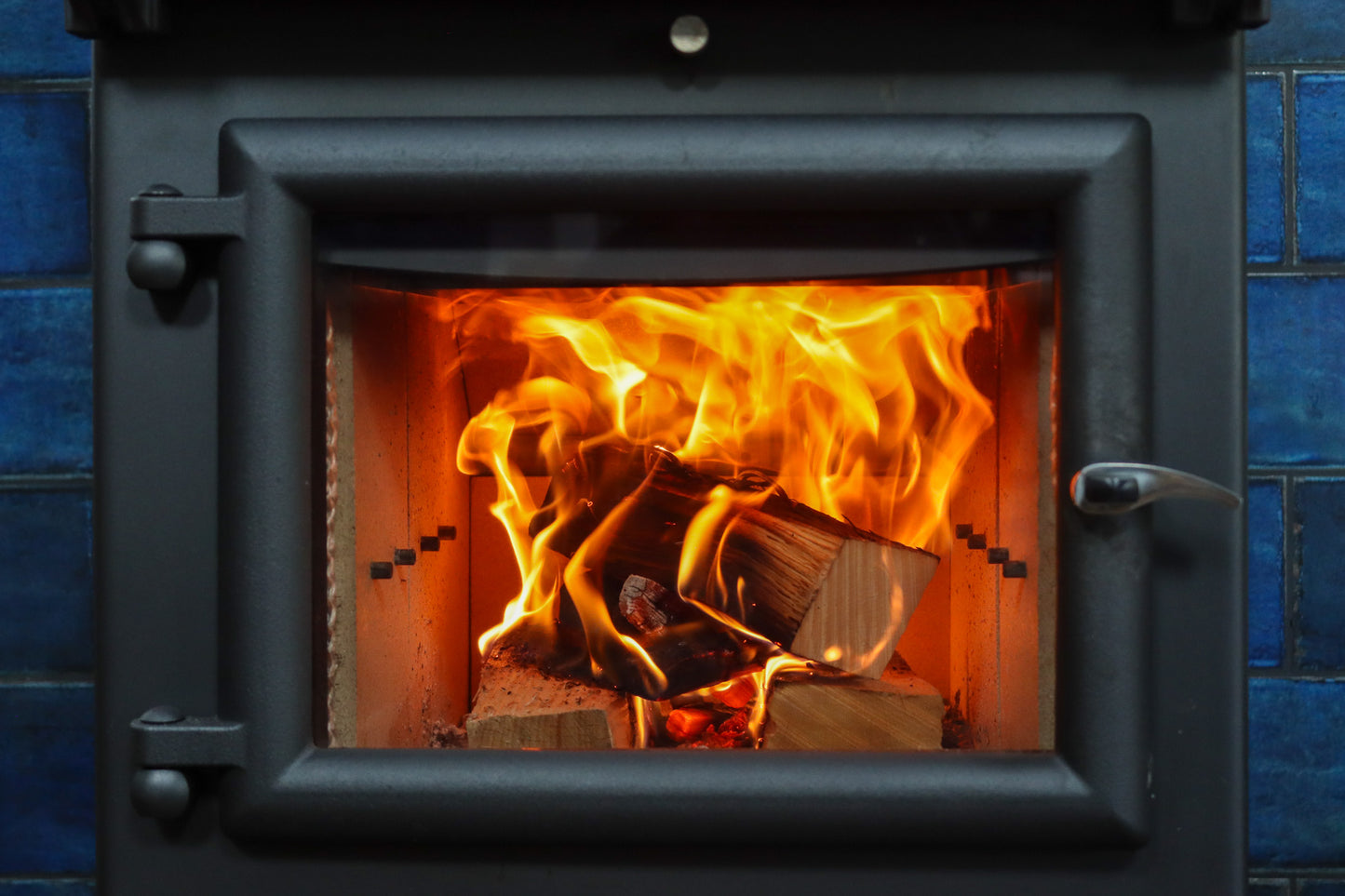
We absolutely love beef ribs, and usually I smoke them - but I've been wanting to cook them over live fire for ages!
So when I saw these bad boys available on iDevour I knew it was time!
They work best cooked reasonably slowly, so find a sunny Sunday where you can spend the day outside by the fire, and make a day of it.
What are dino beef ribs?
Forget those fiddly baby back ribs - Dinosaur ribs get their name from the fact that they're absolutely massive!
Their 'proper' name is beef plate short ribs, a cut between the brisket and the chuck which is marbled with plenty of fat making it perfect for cooking over fire or on the BBQ.
The Video Guide
This was my first time cooking beef ribs over live fire, so I'm no expert, but if you don't want to watch the video, I've tried to write a step by step guide below for those of you who prefer it written down:
The Equipment
To cook your dino ribs over live fire you'll need the following equipment:
- Fire bowl or fire pit, I'm using my Kadai
- Asado cross attachment
- Heatproof gloves
- Long cooking tongs
- Foil
- Cool box (or microwave!)
The Step by Step
1. Dry brine the dino ribs the night before you want to cook them
2. Cover the ribs with mustard as a binder then add your favourite salt-free rub. You can't beat SPG (salt, pepper, garlic) on beef, you want a peppery hit to the bark so I use two parts pepper to one part garlic. Make sure you cover the ribs all over.
3. Build a fire on one side of your firebowl, so that you can hang the ribs on the other side.
I always light my fire by building a jenga stack of our beech wood cooking splits because they light super quickly without kindling and quickly create a great bed of embers. Beef goes really well with oak, so once my fire's established, I'm going to mix beech with whisky oak staves.
4. Once the fire's established, push it right to the edge of the fire bowl so that the heat's directed upwards and inward.
5. Attach the dino ribs to the asado cross attachment (you're better of getting some stainless wire than using hooks!) and get the asado cross on the fire bowl with the fat cap facing towards the fire.
6. Check the temperature using the hand test. You should be able to hold your hand close to the ribs on the fire side for around 5 - 6 seconds before having to move it away. If it's too hot, either move the fire around to temper it a bit, or move asado cross so it's further away.
7. Put a metal or cast iron bowl in the fire bowl to catch all those gorgeous beef drippings!
8. Leave the meat to cook, checking the temperature with the hand test regularly. Top up the fire with a mix of beech splits & whisky staves if it starts to die down, and move the meat to a hotter or colder zone if needed, either by moving the cross itself, or moving the meat up and down the cross.
9. Here's the bit that was gut feel for me - figuring out when to flip the meat and start cooking from the bone side. I wanted to cook them reasonably slowly but needed them done for dinner, so the temperature needs to be climbing but we don't want to race them. Turn the grill attachment over and use the hand test again, now they're bone side down the ribs can take a little more heat.
10. We're aiming for an internal temperature of 95°c, so probe the dino ribs all over regularly.
As you're probing, if you find you have parts that are cooking faster or slower than others, try and either direct your heat or move the ribs, to make sure every part gets to 95°c at the same time.
11. If you watch the video you'll see I caught the fat cap with a little too much heat and scorched it a bit, so be careful to avoid this!
12. As you get closer to the end of the cook, you can use some foil to function a bit like a cloche or a lid - with the bone side to the fire, wrap the top side of the ribs in foil to keep the heat in and speed up the cook.
13. When the internal temperature of the ribs hit 95°c, they're ready to come off and be rested. However, ribs like these are more forgiving than something like brisket, so if they're in the high 80s and probing like butter, you can get away with resting them in a cooler where they'll continue to rise in temperature.
14. I like to rest ribs for at least a couple of hours, so wrap them tightly in foil, swaddle the foil in a towel and ideally put the towel and foil wrapped ribs in a cool box for 2 - 3 hours. If you don't have a cool box, your microwave works pretty well to retain heat!
15. When it comes to carving, the meat should slide off the bone, leaving a clean bone... but if you've got big appetites you can serve a rib per person!
16. Use the beef dripping to fry up some potatoes and serve with some chargrilled veg - incredible!




